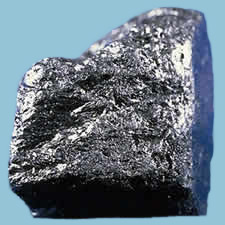- 01: Introduction
- 02: History
- 03: Propellants, Firearms, and Ammunition Development
- 04: Modern Firearms Manufacture
- 05: Small Arms Ammunition
- 06: Evidence Handling Procedures
- 07: Equipment and Instrumentation
- 08: Examination of Firearms
- 09: Cartridge and Shotshell Examination
- 10: Characterization and Evaluation of Fired Projectiles
- 11: Bullet Comparison and Identification
- 12: Gunshot Residue and Distance Determination
- 13: Toolmark Identification
- 14: Communicating Results
- Resources


Drying
Home > Small Arms Ammunition > Components > Drying
The newly cut propellant granules contain residual moisture. The granules must be dried to reduce the moisture content to the level required in the finished product. Each grade of propellant has a different moisture requirement. If the granules are too wet, they will stick together in the loading process; if too dry, the granules will be brittle and break into smaller particles. Such breakage increases surface area and therefore the burning rate; if pulverized, an otherwise safe charge of propellant will create high pressures.

Graphite for antistatic coating
High heat can drive off needed solvents in single-base propellants or make double-base propellants more brittle. Therefore, the wet granules are usually dried with large volumes of air blown into a rotating drum. Heat, if any, is kept very low.
During drying, antistatic coatings and other surface treatments are added. Antistatic coatings are typically composed of graphite, which gives the granules the grey color seen in a finished sample. The natural color of nitrocellulose is pale yellow to green-yellow.




